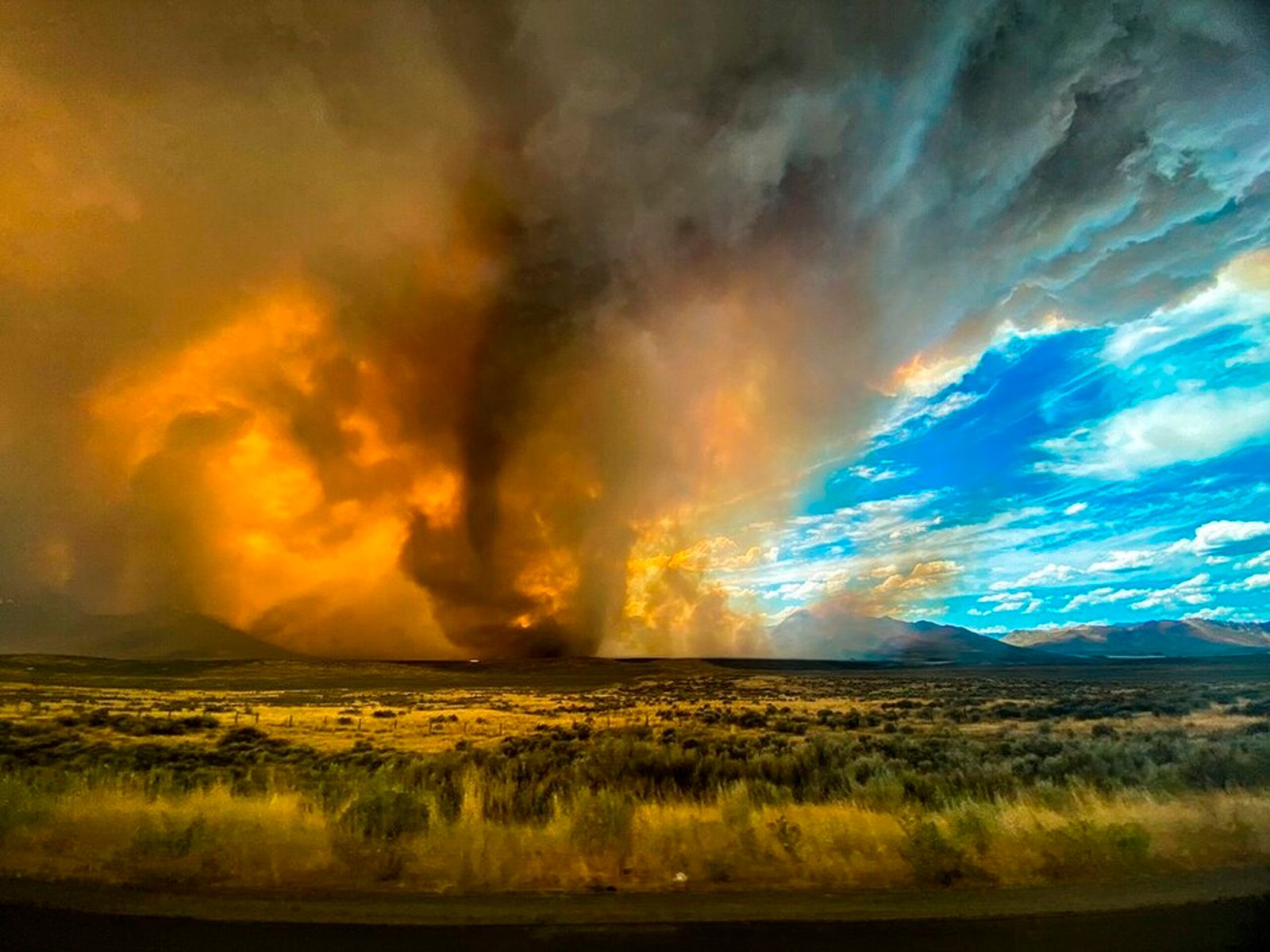Tornado in California: Unusual Weather Phenomenon Shakes the Golden State
Introduction
Tornadoes are typically associated with the central region of the United States, known as Tornado Alley, but occasionally these destructive and fascinating weather phenomena can occur in other parts of the country. California, known for its diverse climate and breathtaking landscapes, has also experienced tornadoes throughout its history. In this article, we will delve into the topic of tornadoes in California, exploring their occurrence, impact, and the unique characteristics that make them a noteworthy weather event in the Golden State.

Understanding Tornadoes
Before we delve into the specific details of tornadoes in California, it is essential to understand the basics of these awe-inspiring weather phenomena. Tornadoes are violent rotating columns of air that extend from a cumulonimbus cloud to the ground. They are characterized by their swirling shape, high wind speeds, and destructive capabilities. Tornadoes can cause severe damage to structures, uproot trees, and pose a significant threat to human lives.
Tornadoes in California: A Surprising Occurrence
While tornadoes are more commonly associated with states like Kansas and Oklahoma, California has had its fair share of tornado events. Though they may not be as frequent or intense as those in Tornado Alley, tornadoes in California are still a significant weather occurrence that captures public attention.
Factors Contributing to Tornado Formation in California
Several factors contribute to the formation of tornadoes in California. One crucial element is the collision of different air masses, such as cool maritime air from the Pacific Ocean and warm air from inland areas. Additionally, the presence of strong wind shear and atmospheric instability can create the necessary conditions for tornado formation.
Notable Tornado Events in California
Over the years, California has witnessed several noteworthy tornado events. In January 2008, a tornado struck the city of Redding, causing damage to buildings and vehicles. Another significant tornado event occurred in 1991 when a powerful twister tore through the city of Diamond Bar, leaving a trail of destruction in its wake. These events serve as reminders that tornadoes can occur unexpectedly in California, necessitating preparedness measures.
Tornado Preparedness and Safety Measures
When a tornado warning is issued, it is crucial for Californians to be prepared and take appropriate safety measures. Some essential steps include creating a tornado emergency plan, identifying safe shelter locations, and staying informed through local weather alerts. Educating the public about tornado preparedness is key to minimizing the impact of these weather events.
Tornado Warning Systems in California
To ensure public safety, California has implemented various tornado warning systems. The Integrated Public Alert and Warning System (IPAWS) disseminates emergency alerts through multiple communication channels, including television, radio, and wireless devices. Additionally, local authorities utilize sirens and social media platforms to provide real-time information during tornado events.
The Aftermath: Assessing Tornado Damage
Tornadoes can leave a path of destruction in their wake, and California is no exception. After a tornado event, it is essential to assess the damage and initiate recovery efforts promptly. Local communities, along with government agencies and relief organizations, work together to provide assistance to affected individuals and rebuild the affected areas.
The Environmental Impact of Tornadoes in California
Aside from the immediate physical damage caused by tornadoes, these weather events also have environmental implications. Tornadoes can result in the dispersal of debris over vast areas, affecting ecosystems and natural habitats. Additionally, tornadoes can disrupt wildlife populations and alter ecological dynamics in the affected regions.
Tornado Chasing in the Golden State
Tornado chasing, an activity popularized by storm enthusiasts, also takes place in California. Storm chasers equipped with advanced meteorological tools and technology venture into tornado-prone areas to study these weather phenomena up close. Their research contributes to a better understanding of tornadoes and enhances our ability to predict and mitigate their impact.
Tornadoes and Climate Change: The Future Perspective
As the climate continues to change, it is essential to explore the relationship between tornadoes and global warming. Scientists are studying the potential links between climate change and tornado frequency, intensity, and geographic distribution. Understanding these connections can aid in developing strategies to adapt to future tornado risks in California and beyond.
Conclusion
Tornadoes in California may not be as common as in Tornado Alley, but they remain a captivating and occasionally destructive weather phenomenon. Understanding the factors contributing to their formation, being prepared for tornado events, and mitigating their impact are crucial steps in safeguarding lives and property in the Golden State.
FAQs
1. Are tornadoes common in California? Tornadoes are not as common in California as they are in Tornado Alley, but they do occur sporadically throughout the state.
2. Can tornadoes cause significant damage in California? Yes, tornadoes in California can cause significant damage to structures and pose a threat to human lives.
3. How can I stay safe during a tornado event in California? To stay safe during a tornado event, identify safe shelter locations, create an emergency plan, and stay informed through local weather alerts.
4. Are tornadoes in California linked to climate change? Scientists are studying the potential links between tornadoes and climate change, but the relationship is not yet fully understood.
5. Can tornadoes occur in any part of California? Tornadoes can occur in various parts of California, but they are more likely in areas where different air masses collide.






